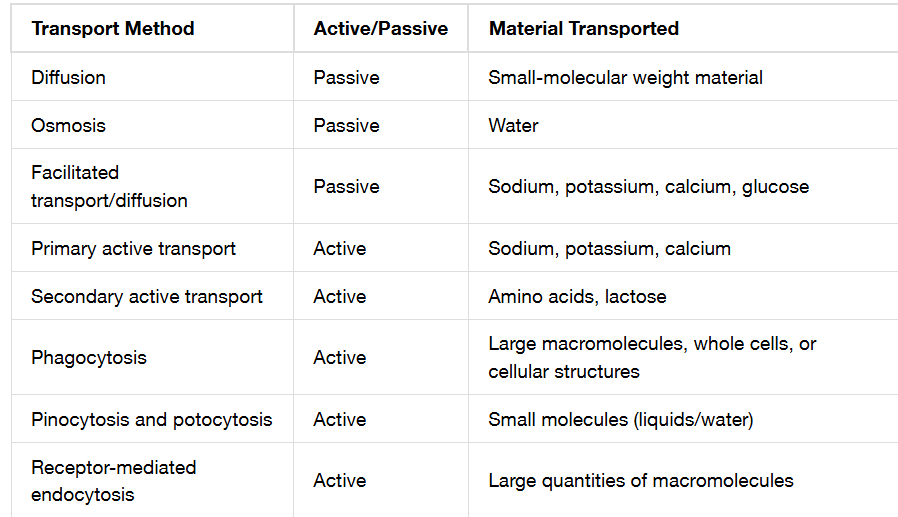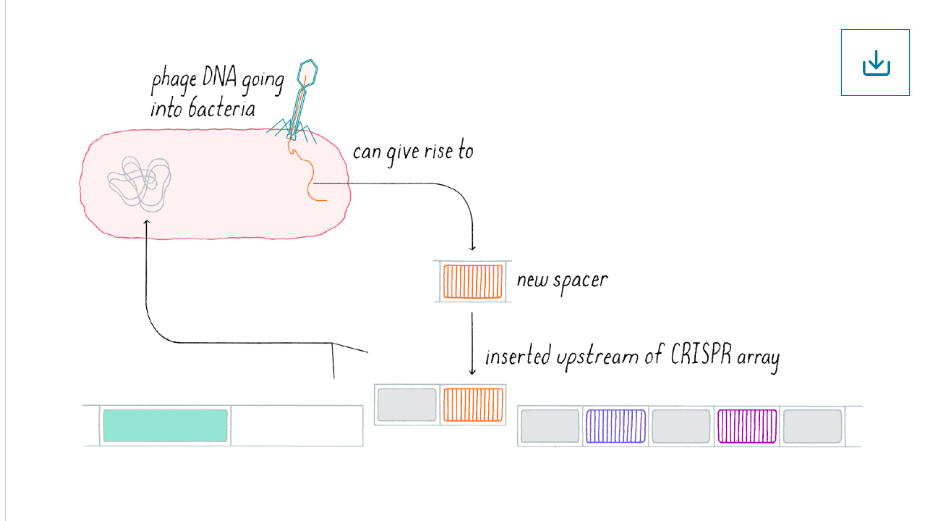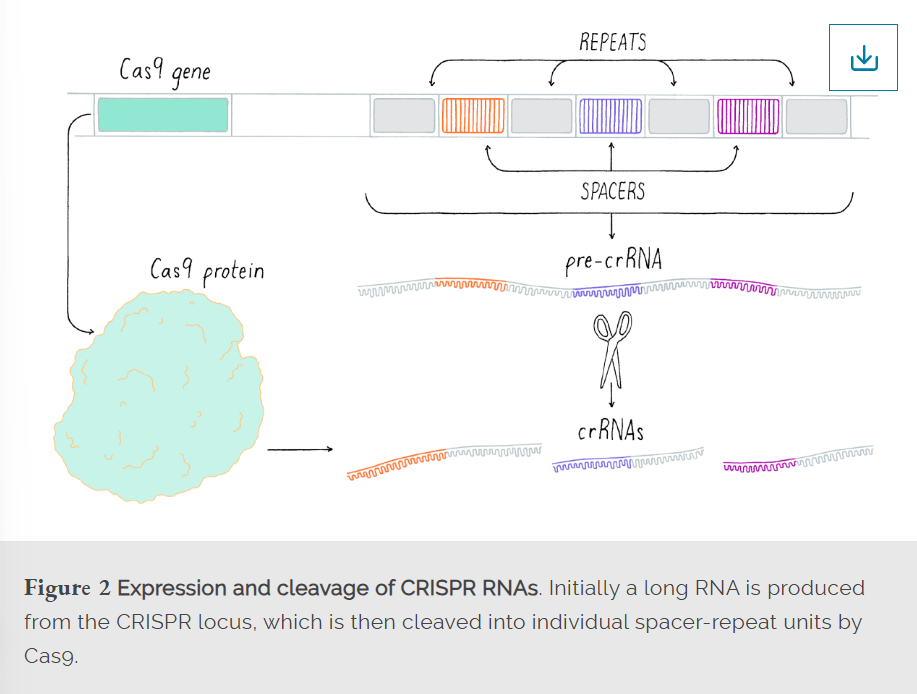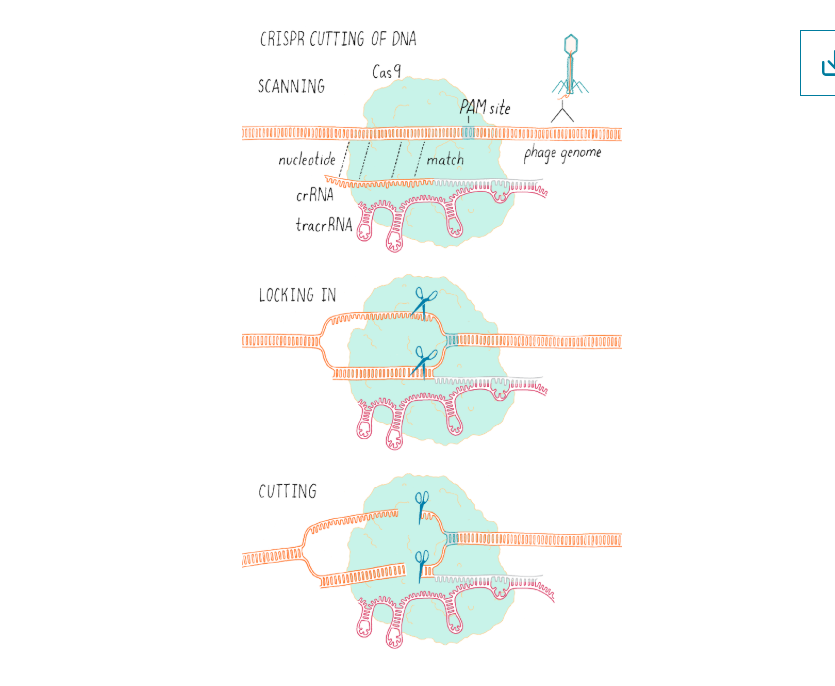Biology: Week 11
1/40
There's no tags or description
Looks like no tags are added yet.
Name | Mastery | Learn | Test | Matching | Spaced |
|---|
No study sessions yet.
41 Terms
What is the endomembrane system?
The endomembrane system is a group of membranes and organelles in eukaryotic cells that work together to modify, package, and transport lipids and proteins
What does the endomembrane system include?
The endomembrane system includes the nuclear envelope, lysosomes, vesicles, the endoplasmic reticulum, and Golgi apparatus, as well as the plasma membrane
What is the ER?
It’s a series of interconnected membranous sacs and tubules that modifies proteins, as well as synthesizes lipids
Rough ER
Has ribosomes attached to it’s surface, which give it a studded appearance
Ribosomes transfer proteins into the RER’s lumen where it undergoes structural modifications and then incorporates into cellular membranes or leaves the RER
Smooth ER
Continuous with the RER, but has few to no ribosomes on it’s surface
Synthesizes carbohydrates, lipids, and steroids, detoxifies medications and poisons, and stores calcium ions
Golgi Apparatus
A series of flattened membranous sacs where proteins and lipids are modified, then packaged into vesicles that leave the Golgi and go into the cell or leave the cell
Lysosomes
Organelle that serves as the digestive component by using hydrolytic enzymes to destroy pathogens that might enter the cell
sosome, whose enzymes destroy the pathogen
Endocytosis
A type of active transport that moves particles, such as large molecules, parts of cells, and even whole cells, into a cell
What happens in endocytosis?
In endocytosis, the cell’s plasma membrane folds into itself and forms a pocket around the target particle
The pocket pinches off and detaches from the plasma membrane, forming a vesicle and entering the cell
What happens in phagocytosis?
In phagocytosis, the cell takes in large particles, such as other cells
Steps in phagocytosis
The plasma membrane’s inward facing surface becomes coated with the protein clathrin
Clathrin portion surrounds the particle and encloses it
Once vesicle with particle is enclosed, the clathrin is removed form the membrane '
Vesicle merges with a lysosome to break down, then merges with the plasma membrane and releases it’s contents
]
Receptor mediated endocytosis
Form of endocytosis involving receptor proteins on the cell surface that bind to specific substances and trigger their uptake into the cell in vesicles.
Exocytosis
The process of expelling material from the cell into extracellular fluid
Waste material is enveloped in a membrane and fuses with the plasma membrane’s interior, which opens the cell’s exterior, and expels the waste
Chart for the methods of transport, energy requirements, and types of transported material

Bacteriophages
A virus that infects bacteria by binding and injecting its DNA (in some cases RNA)
Replicates inside of a bacteria, then eventually bursts the hosts and escape
What is CRISPR and what does it stand for?
CRISPR is the adaptative immune system in bacteria that has the ability to grant viral resistance
A region of characteristic repeats in the genomes of many bacteria, which functions as an immune system that “remembers” a prior viral invasion, by storing a piece of the viral DNA sequence, and attacks subsequent invaders.
How does CRISPR work?
When a bacteriophage injects it’s DNA into the bacteria, the CRISPR machinery recognizes the invasive DNA and scans through it for a piece of DNA it has a high binding affinity for recognizing and target and through a copy and paste mechanism, it will insert the DNA into the CRISPR array as a spacer
Vaccines the bacteria with a piece of the DNA, as a new spacer
Spacer is transcribed with RNA Polymerase into CRISPR RNAs which is chopped into pre-crRNA and chopped into elements with information from 1 genetic invader
They guide Cas 9 to latch on to target DNA and cut it
What are CRISPR Cas systems composed of?
The CRISPR Cas 9 system is made of a CRISPR array with Cas genes.
CRISPR array is made of a series of conserved CRISPR repeats with spacers, which are sequences from invasive elements, such as bacteriophages
What happens if the bacteria encounter foreign DNA that matches the sequence of one of their spacers (they are attacked with a phage that they have encountered before)?
The spacer will cause one of the Cas proteins to cut the matching foreign DNA, stopping the attack from the phage
What are the 3 steps to CRISPR immunity?
The 3 steps are acquisition, expression, and interference

What happens in acquisition of CRISPR?
In acquisition, a segment of invasive DNA is copied and pasted into a new CRISPR repeat at the end of the CRISPR array
A new spacer is added, which is a unique segment of foreign DNA that is stored, so that the bacteria can use it as a guide to target and eliminate similar DNA in future encounters

What happens during expression in CRISPR?
During expression, the CRISPR array, segment with the spacer sequences, is transcribed into a CRISPR RNA molecule called pre-cRNA
pre-cRNA is cleaved and processed into a series of small CRISPR RNAs (cRNAs) through cleavage, using Cas9 enzyme and tracrRNA
crRNA has the sequence from one spacer and detects invasive elements that match prior infection events and allow the host to trigger the immune response, when there is a match

What occurs during interference of CRISPR?
In interference, the crRNA and tracrRNA form a complex with the Cas9 protein, which scans along DNA in a random search to find a sequence that matches the crRNA with PAM ( a general recognition cue)
If sequence match to the crRNA is found, Cas9 triggers endonuclease activity, which cuts both strands of the DNA helix to stop the replication of a phage
Why doesn’t CRISPR- Cas 9 target the CRISPR array in the bacterial genome, since it’s DNA is the perfect match for its crRNAs?
Cas9 requires a second nucleotide cue in addition to the sequence match to the cRNA
The cue is a short sequence signal that is next to the spacer (PAM)
Cas9 has to bind to the PAM in the DNA, then look at the DNA for a match for crRNA
If there is a match, Cas9 cuts DNA
Reliance on PAM prevents the bacteria from targeting its own DNA, since spacers don’t have PAM sequences
Genome engineering
Method for editing the DNA sequence at a specific location to change the genes
Done by cutting the DNA close to where you want to rewrite the sequence and then introduce a new sequence during the process of repairing the DNA
How does CRISPR Cas 9 perform genetic engineering?
CRISPR Cas 9 cuts the DNA at a defined location using DNA engineering, using a nuclease called Cas9 and 2 RNAs: a tracrRNA and crRNA to create a sgRNA
Can cut a specific DNA target sequence by combining Cas9 and a sgRNA with a sequence complementary to their target
Cas 9 cuts both strands of DNA, performing a double strand break
What are the 2 methods of DNA repair?
The 2 methods of DNA repair include non homologous end joining (NHEJ) and homology directed repair (HDR)
NHEJ
Method that repairs double stranded DNA breaks by directly ligating the broken ends of the DNA with free nucleotides and without a homologous template
HDR
Method of DNA repair that uses homologous portions of DNA (from a homoeologous chromosome or introduced DNA) to repair the DNA molecule
How can NHEJ affect the DNA?
NHEJ can leave an imprecise repair that can be disruptive by changing the reading frame and disrupting the coding sequence or terminating translation
How does homology directed repair (HDR) work?
HDR produces error free repair or can be used by scientists to introduce a well defined edit
Uses a DNA template with a similar sequence called a homologous sequence
Repair template has to contain regions similar to the parts of the gene that flank the cut (next to break)
How does genome editing with CRISPR Cas work? (all steps)
Need to design a sgRNA that contains a region with sequence complementary to the sequence of the gene you want to cut
Identify sequences in gene with PAM that are unique to gene sequence
If using HDR for precise edits, design repair template with homology arms adjacent to Cas9 cut site to introduce an edit, such as a stop codon or frameshift to knock a gene out
Need to deliver Cas9 protein, sgRNA, and replate template if using HDR into the cells
Why is CRIPSR so revolutionary
CRISPR has precise and site specific gene editing capabilities, which allows for control in manipulating the genetic information of an organism
CRISPR (Clustered Regularly Interspaced Short Palindromic Repeats)
Short repeated sequences of DNA nucleotides found in the genome of prokaryotes
Same strand when read in either direction
How does CRISPR work for bacteria (simplified)
There are unique sequences in between the palindromic repeats called spacers, which are foreign DNA that originate from bacteriophages or plasmids that have previously infected the bacteria previously
During an infection, bacteria acquire a small piece of the foreign viral DNA and integrated it into the CRISPR array, creating the spacers and retain memory of past infection
How do bacteria protect themselves again?
Once viral DNA is injected into a cell, a section of DNA is incorporated into the bacterial genome and becomes a spacer, creating a CRISPR array, which can can undergo transcription to form pre-crRNA
CAS9 (nuclease protein) is involved, which cleaves DNA at specific DNA sequences and tracrRNA, which is complementary to the palindromic repeats
For each spacer and palindromic repeat, we have a complex made of pre-crRNA, tracrRNA, and a Cas9 protein
RNAnase 3 will cleave the pre crRNA and create individual crRNA complexes called effector complexes
If complex encounters a sequence of DNA with sequence complementary to crRNA, the nuclease enzyme will coordinate and if it recognizes PAM, it will will cut both strands of DNA a few bases upstream from PAM
Will prevent virus from undergoing transcription, so infection is stopped
What did Doudna and Caprentier find out?
They discovered that crRNA and tracrRNA can be combined with a linker to generate sgRNA (single guide RNA), which can be used with a Cas9 protein to cleave DNA just like in bacteria
Possible to determine any sequence of about 20 base pairs as a target for editing
Has to create sgRNA with complementary sequence and insert Cas9 protein
What happens after DNA is cleaved?
After DNA is cleaved, the natural DNA repair mechanism is enacted by HDR or NHEJ
NHEJ doesn’t use a template and can introduce insertion or deletion of specific sequences at the joining ends
HDR uses a homologous DNA template to guide the repair process and lower the possibility of errors
What are some potential applications of CRISPR?
CRISPR has applications in cancer immunotherapy to modify T cells, which are white blood cells that fight against a disease, to be more specialized in recognizing cancer cells and killing them
CRISPR can be used in management of AIDS and Covid 19
Can be used to edit human embryos and cure diseases, and prevent the inheritance of genetic diseases
Can make plants resistant to certain diseases